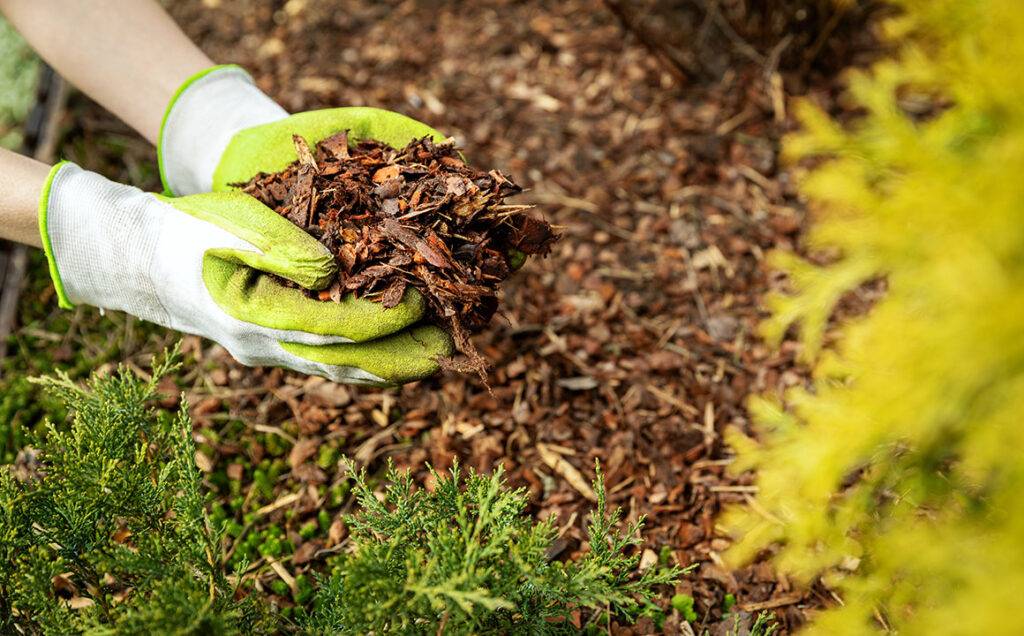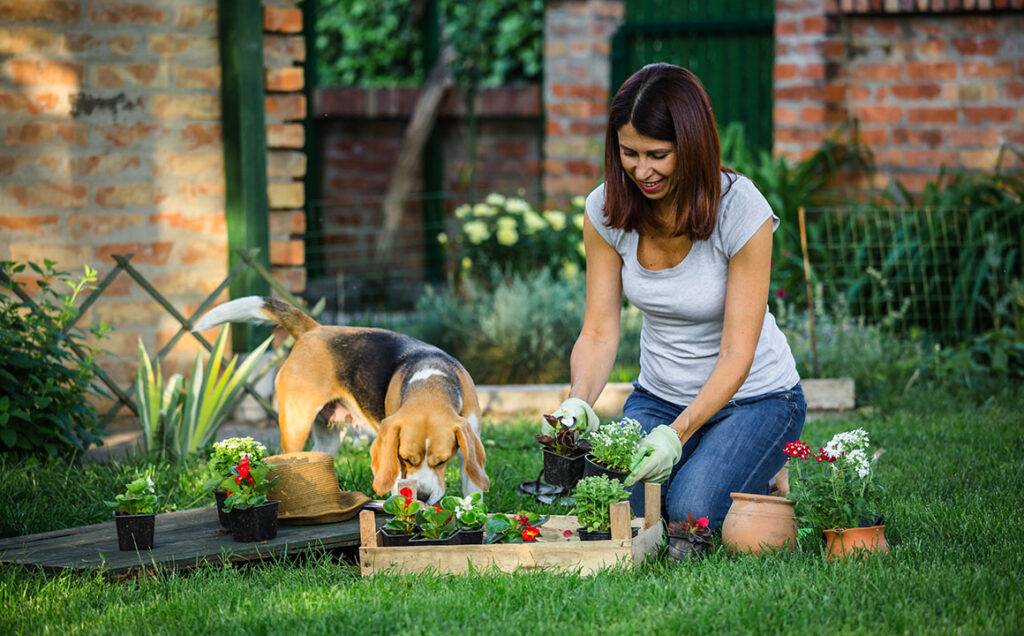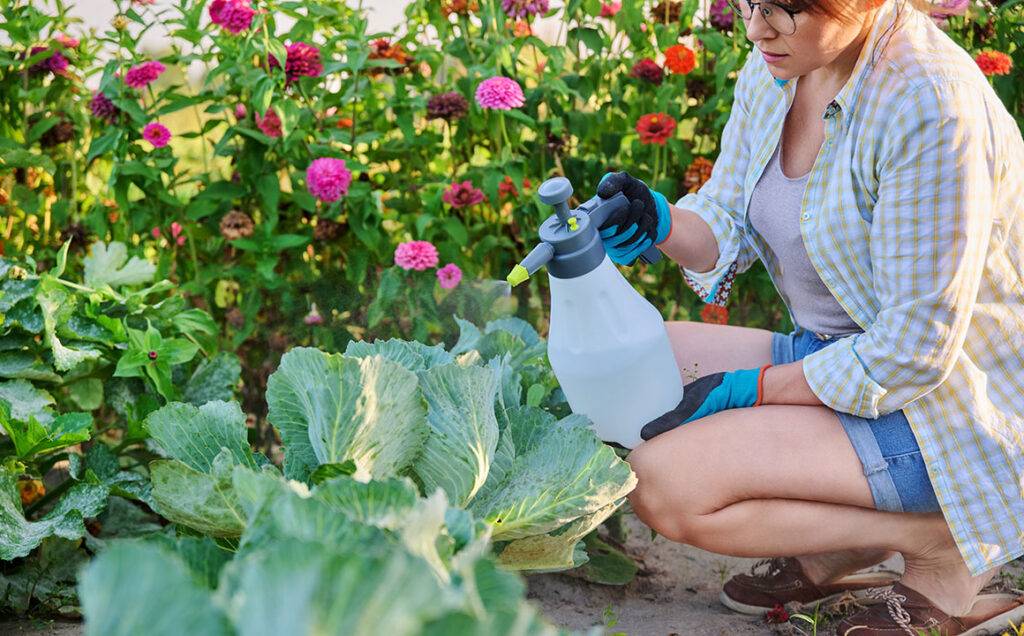As temperatures continue to rise, keeping our beloved plants alive and thriving becomes a challenging task. Extreme heat can be detrimental to plants, causing wilting, scorching, and even death. Luckily, with the right tricks — you can keep your plants alive, even in the face of extreme heat. From providing adequate hydration to creating shade, here’s everything you have to know to beat the heat and maintain a gorgeous garden.
Know what your plants need
Before diving into specific strategies, it’s important to understand your plants’ individual needs. Different plants have varying tolerances to heat and require specific care. Some plants, like succulents and cacti, are well-adapted to hot and dry conditions, while others, such as ferns and hydrangeas, prefer cooler and more shaded environments. Take the time to research and identify the specific needs of your plants to ensure they receive the appropriate care during extreme heat.
Hydration is the Most Important Thing
Just like us, plants rely on water to survive and thrive. During periods of extreme heat, it’s crucial to provide adequate hydration to prevent dehydration and wilting. Water your plants deeply and thoroughly, ensuring the soil is moist but not waterlogged. Early morning or late evening watering is ideal to minimize evaporation and allow the plants to absorb water effectively. Consider using a drip irrigation system or soaker hoses to deliver water directly to the roots, reducing water waste and promoting deep root growth.
Add a Layer of Mulch

Applying a layer of mulch around your plants is an effective strategy to combat extreme heat. Mulch acts as a protective barrier, insulating the soil and preventing rapid evaporation. It helps retain moisture, keeping the soil cooler and more hydrated for longer periods. Organic mulches, such as wood chips or straw, are excellent choices as they break down over time, enriching the soil with nutrients. Apply a layer of mulch around the base of your plants, being careful not to pile it up against the stems, to create a moisture-preserving shield.
Provide Shade and Shelter
Shielding your plants from direct sunlight is essential during extreme heat. Consider using shade cloth or installing temporary shade structures to provide relief from intense sunlight. Position potted plants in shaded areas or move them indoors temporarily if possible. If planting new beds, take advantage of existing structures, such as fences or trellises, to create natural shade. Additionally, grouping plants together can create a microclimate that helps retain moisture and provides mutual shade. Be mindful of plant spacing to avoid overcrowding, which can restrict airflow and increase the risk of disease.
Time Your Gardening Tasks

During extreme heat, it’s important to time your gardening tasks strategically. Avoid working in the garden during the hottest part of the day, typically between late morning and early afternoon. Instead, focus your gardening activities in the early morning or late evening when temperatures are cooler. This minimizes stress on both you and your plants. Take advantage of the cooler hours to water, prune, and tend to your garden, ensuring that your plants receive the care they need without the added heat stress.
Choose the Right Plants
One of the most effective strategies to combat extreme heat is to select plants that are naturally heat-tolerant. Look for drought-resistant and heat-loving varieties that thrive in your specific climate. Native plants are a great option as they are well-adapted to local conditions. Some popular heat-tolerant options include agave, yucca, lavender, ornamental grasses, and succulents. By choosing plants that are naturally equipped to handle the heat, you set yourself up for success in maintaining a thriving garden even during scorching temperatures.

